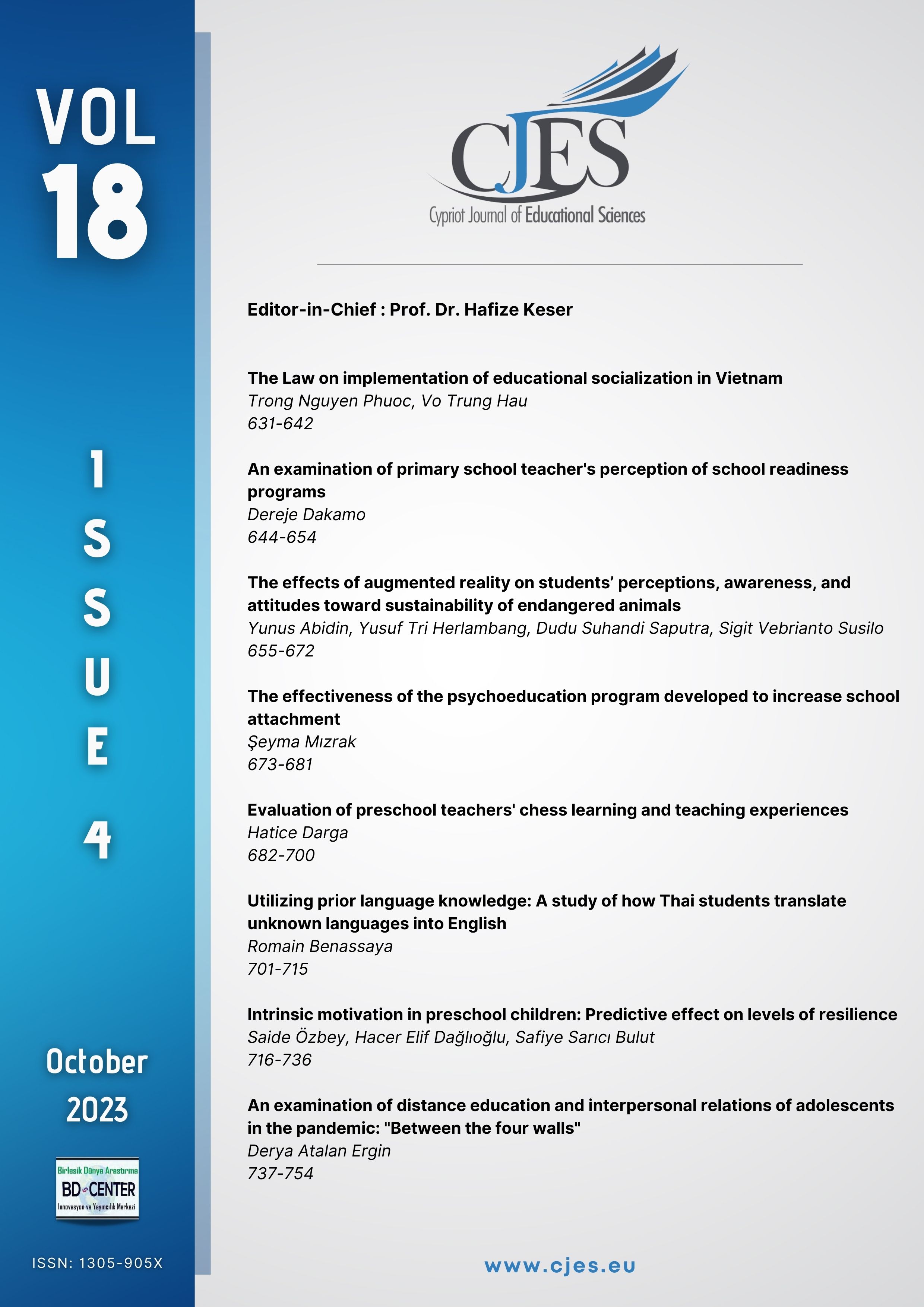Utilizing prior language knowledge: A study of how Thai students translate unknown languages into English
Main Article Content
Abstract
This study aimed to explore how Thai university students applied their prior language knowledge when translating a text from Spanish, an unknown language, into English. The research involved a group of 34 students, whose second language was English, and their third language was French. The assessment of translated texts included quantitative analyses, such as measuring translation accuracy and conducting means comparisons, as well as qualitative investigations via post-task interviews. The results revealed that students with an intermediate level of proficiency in French achieved significantly higher translation accuracy compared to beginners. Insights gleaned from post-task interviews indicated that participants recognized similarities across lexical, phonological, and structural aspects among English, French, and Spanish. These findings highlight the cognitive advantages of exposing students to multiple languages and offer guidance to curriculum developers in higher education institutions seeking to cultivate multilingual graduates.
Keywords: English; French; language acquisition; language transfers; multilingualism; translation task.
Downloads
Article Details

This work is licensed under a Creative Commons Attribution 4.0 International License.
Cypriot Journal of Educational Sciences is an Open Access Journal. The copyright holder is the author/s. Licensee Birlesik Dunya Yenilik Arastirma ve Yayincilik Merkezi, North Nicosia, Cyprus. All articles can be downloaded free of charge. Articles published in the Journal are Open-Access articles distributed under a CC-BY license [Attribution 4.0 International (CC BY 4.0)].
Birlesik Dunya Yenilik Arastirma ve Yayincilik Merkezi (BD-Center)is a gold open-access publisher. At the point of publication, all articles from our portfolio of journals are immediately and permanently accessible online free of charge. BD-Center articles are published under the CC-BY license [Attribution 4.0 International (CC BY 4.0)], which permits unrestricted use, distribution, and reproduction in any medium, provided the original authors and the source are credited.

